Brandenburg New Prison
In 1931, a new modern prison was built in Brandenburg–Görden which replaced the old one. After the Nazi seizure of power in 1933, the prison became a central place for the Nazi judiciary and thousands of regime critics were incarcerated. The prison had a capacity for about 900 prisoners, but was expanded in 1936 to hold more prisoners. The prisoners were subjected to beatings, torture, food was inadequate and it was difficult to maintain good hygiene. The prison consisted of a Jewish wing for Jewish political prisoners. After the outbreak of the war in 1939, prisoners from all over occupied Europe were sent to the Bradenburg-Görden. For some it became a staging point on the way to other prisons or camps, others remained for a longer time. In 1942, the prisoners were increasingly used as slave workers in war industry. Between 1933 and 1945, about 4,300 political prisoners were imprisoned. One prisoner was the future leader of East Germany, Erich Hönecker, who were incarcerated between 1937 and 1945.
In August 1940, the prison became a place of execution of death sentences issued by the Nazi People’s Court (Volksgerichtshof) and the Military Court (Reichskriegsgericht). The central place of execution in Berlin-Plötzensee was no longer able to carry out executions at the same rate as death sentences were imposed. The death penalty was carried out in a former garage where a guillotine and several gallows had been set up. More than 2,000 prisoners were executed between August 1940 and April 1945. Most were German citizens who had taken a stand against Nazism, expressed dissatisfaction with the German armed forces, avoided military service. Those executed were taken to the Marienberg cemetery in Brandenburg an der Havel where they were cremated and buried in anonymous graves. About 300 were executed for criminal acts not politically motivated. The prison was taken intact by the Red Army on April 27, 1945, and they liberated about 3,600 prisoners, of whom just under 200 were awaiting execution.
Current status: Preserved with monument (2011).
Address: Anton-Saefkow-Allee 22, 14772 Brandenburg.
Get there: Car.
Follow up in books: Wachsmann, Nikolaus: Hitler’s Prisons (2004).
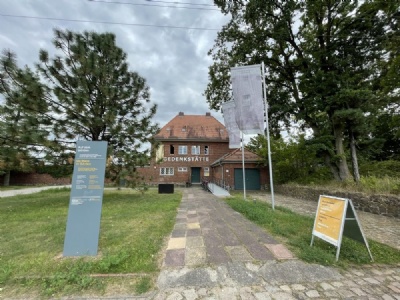
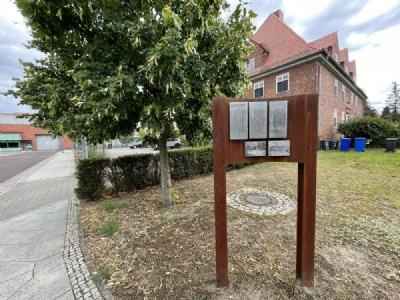
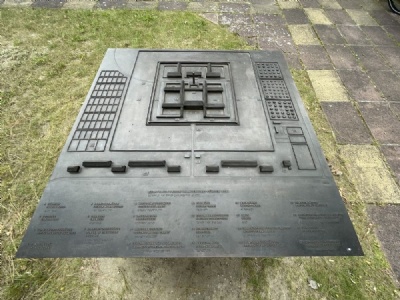
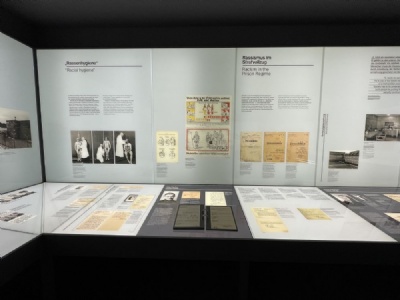
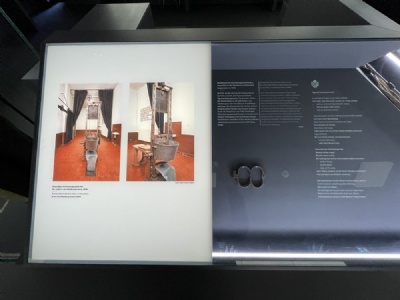
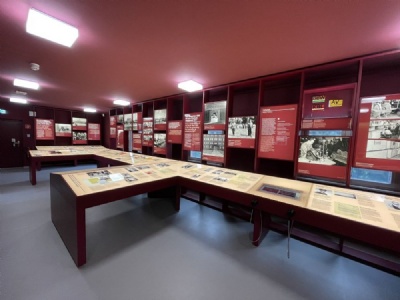
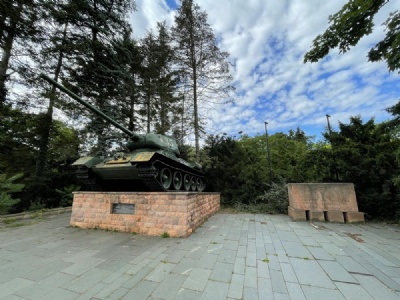
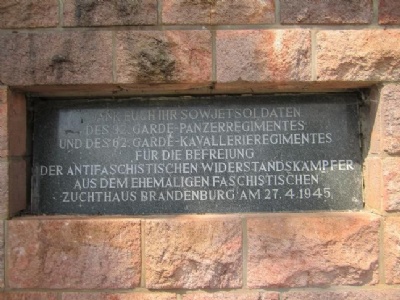
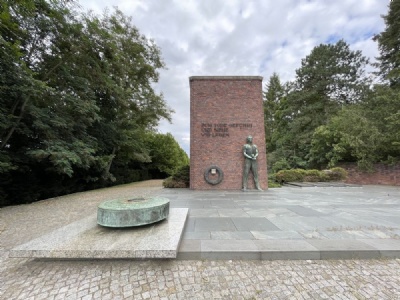
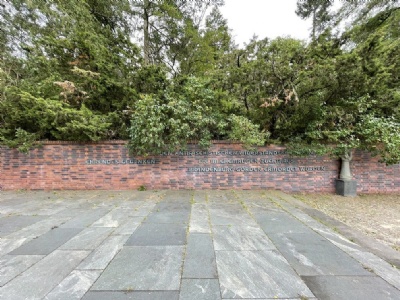
The Garage where the executions took place is a memorial and there is a replica of the guillotine. But as the prison is still in use, it is not open to the public. Only groups that have pre-booked a tour can visit the memorial. Outside the museum at the prison director’s former house there is since 2018 an exhibition about the history of the prison with focus on the Nazi and communist period. At the Marienberg Cemetery is a typical east german monument (erected 1947) dedicated to the anti-fascists murdered at Brandenburg-Görden.